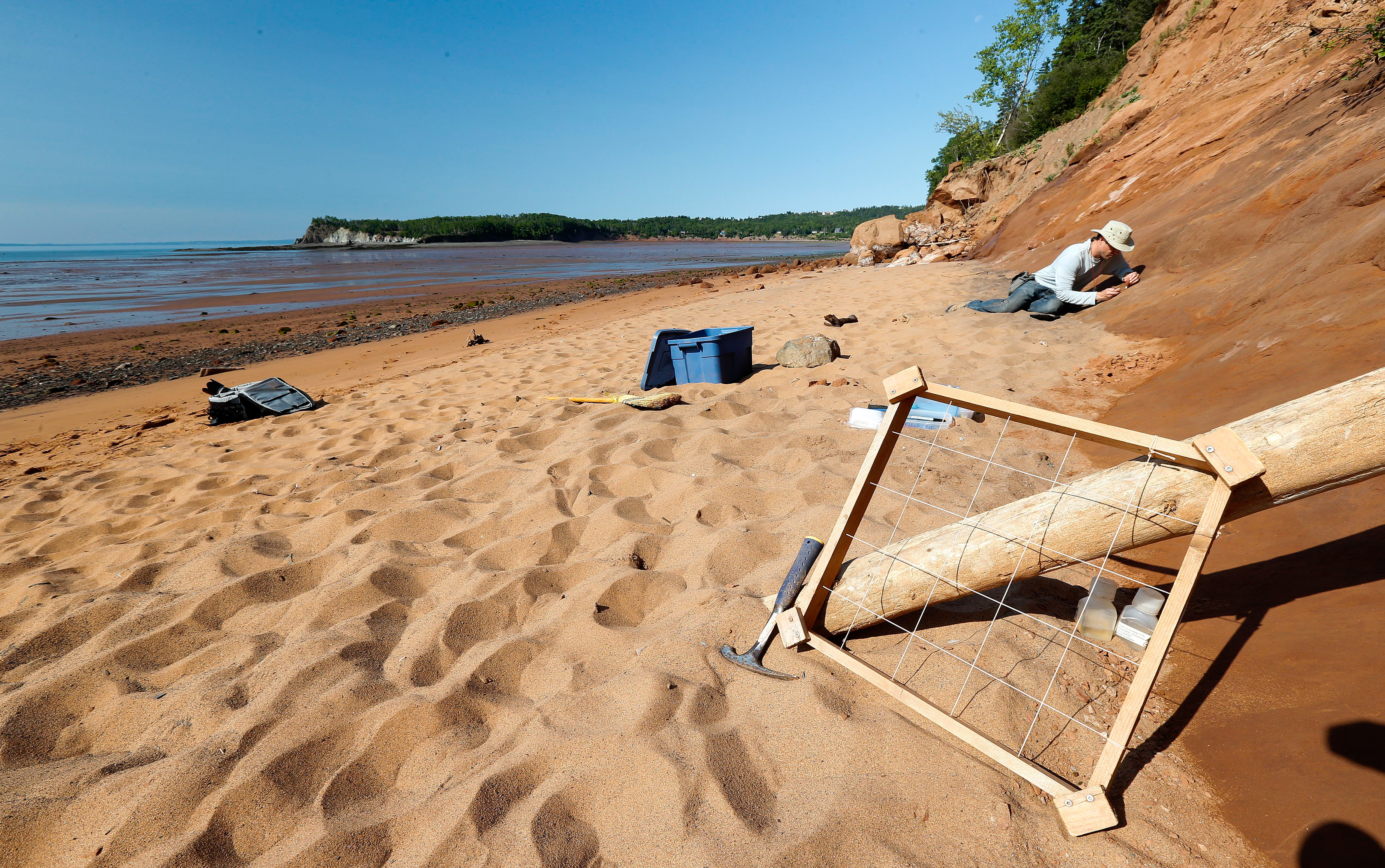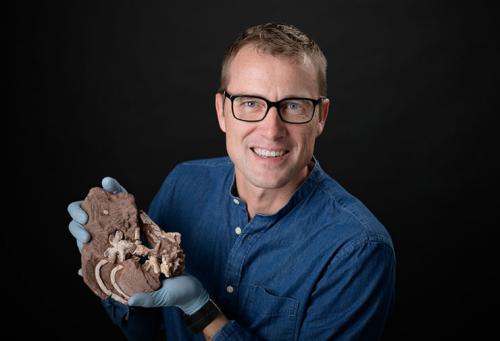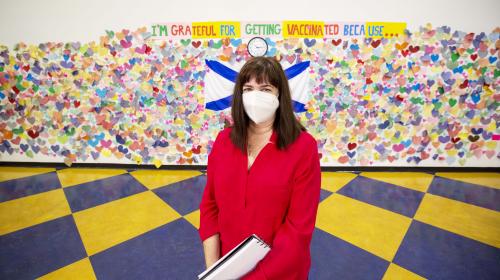Ask a Curator Day 2021

Last week the Nova Scotia Museum participated in the 11th annual #AskACurator day across our social media channels. Here are the answers to this great question we received on our Instagram account:
I was curious, how does one become a curator? What educational paths should you take? Are there different types of curators?

Tim Fedak, Curator of Geology
What it means to be a Curator changes through time. Dr Rev David Honeyman was our first curator from 1868-1889, and he was a naturalist, geologist, #FindingHoneyman Isabella Goudge, David Honeyman’s daughter, filled the role of Curator until 1895 after David died unexpectedly, Isabella was perhaps the first female curator in Canada? Harry Piers was then curator from 1899 to 1940 and was prolific in organizing the Provincial Geology Collection as well as expanding the scope of museum artefact to include wider cultural material. In the 1950s the number of curators grew a lot, as people required specialty knowledge, focusing on birds, plants, or rocks and fossils. Today we also have curators with specialties in interpretation and intangible culture, as well as many other subject specialties. What is important is that someone has detailed knowledge of the history and issues of a field, and a collection of artefacts or cultural knowledge. In some ways, today we are all curators of our social media presence, choosing and selecting what is important or if value to share. My interests remain on earth’s history, including rocks and fossils.

Lisa Bower, History Collections Assistant Curator and Registrar
There are indeed many different types of curators, covering a wide range of subjects, some very traditional such as those of the arts and sciences, to more recent additions such as Indigenous studies, intangible cultural heritage, the material culture of women, etc. As for paths, those also vary and do not necessarily involve a straight path. For myself I think it starts with a passion. I always knew I wanted to work with museum collections and historical textiles in particular, but before I became an Assistant Curator, I worked for an auction company and a television production company. Museum studies is an established field and there are amazing programs on offer providing specific training in curatorial practice, such as Canada’s Museum’s Management and Curatorship program at Fleming College and the Cultural Resources Program at University of Victoria.

Amber Laurie, Marine History Collections Assistant Curator and Registrar
I did a BA in History and Anthropology at WLU. After, I decided I wanted to do a more hands-on program as a lot of job descriptions required experience handling objects over a certain number of years. So, I applied and commenced studies at Fleming College in the Museum Management and Curatorship program. As part of the program, you have a 4 month internship. That was really valuable for making connections and doing hands-on work. After that, I stayed in the heritage field doing contracts for about 6 years. Eventually, I secured full-time employment and moved up to the Assistant Curator/Registrar position. Currently, I’m completing my MA in History at Dal.
There are different types of curators. It depends on your interests and university backgrounds. I happened to become an Assistant Curator in Marine History partially by interest and also job availability. All of the museums I previously worked at had a naval theme, so this position ended up fitting me quite well.

Katie Cottreau-Robins, Archaeology Curator
Hi there, what an interesting question! There are many different types of curators and a number of paths to get you there. Within the NS Museum, we have curators of geology, botany, cultural history, archaeology, zoology, marine history , interpretation, Mi’kmaq cultural heritage, to name a few. Some of us completed Museum studies programs and others specialized in arts and humanities or science programs that also had hands on components with collections. Being a Curator is a tremendous career that takes you in many directions. We are respectful care takers and facilitate access to collections for citizens, researchers and communities. In NS, we work collectively to steward our provincial cultural and natural legacy.

Sean Haughian, Botany Curator
In natural history fields (zoology, botany, mycology), a curator is usually expected to be an expert in taxomy, often as an authority on at least one group. For this, one would need to obtain an advanced degree in biology, with a focus on comparative morphology, anatomy, phylogenetics, or ecology for that group.